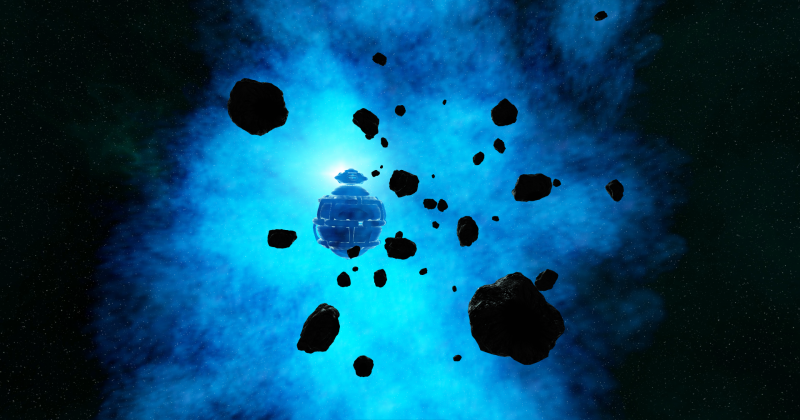Off limits.
[align=center]

Earth[/align]







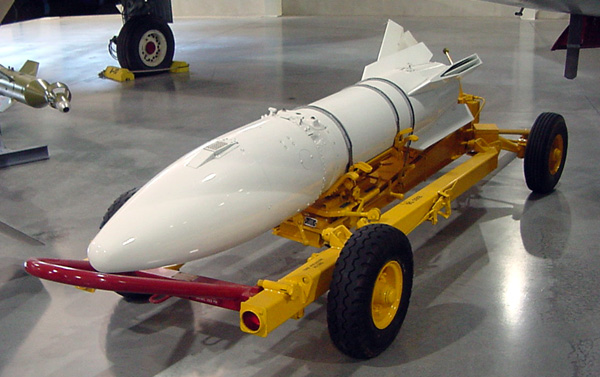




After that, investigators promptly abandoned any further attempts to confirm Gideon's findings. The first wormhole to be classified as such was discovered a few months later near the Olympus star system.Gideon: "I see it. I see it! Right smack in the middle of the black hole!"
STC: "Can you reach it?"
Gideon: "I'm almost there. The light is blinding but ..."
(A loud explosion is heard.)
STC: "There goes Mister Jordan."
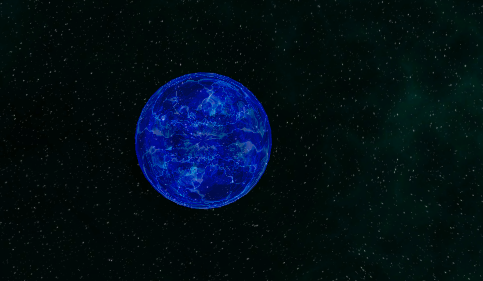




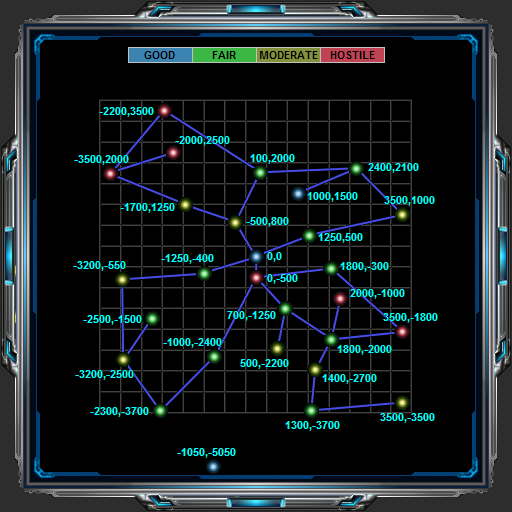






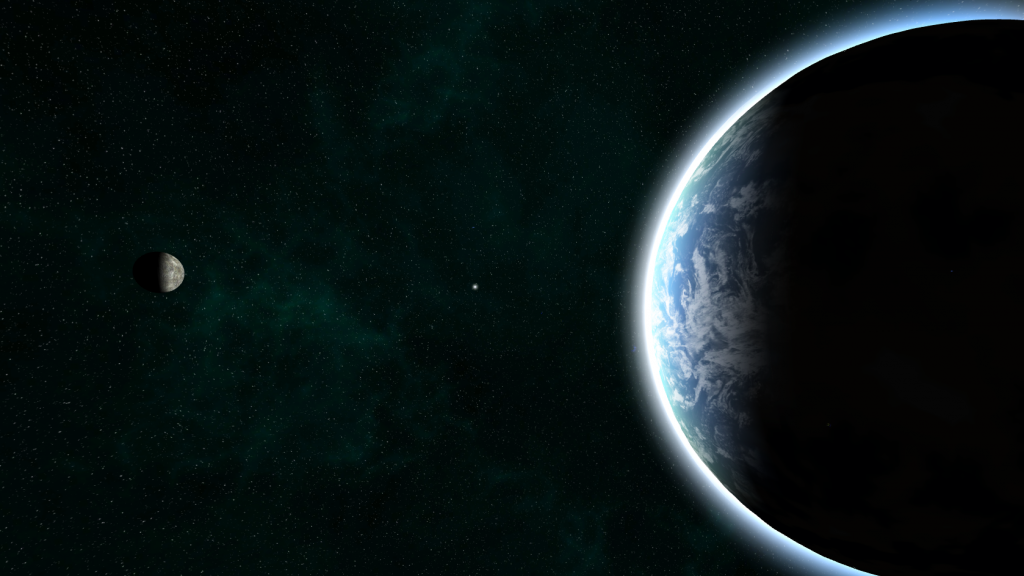
... there isn't much difference between the first two dimensions (SP and MP) of the Evoverse. Both contain, as already mentioned, planets and stars. Both dimensions must suffer the slings and arrows of two competing governments. Both are currently engaged in a war with a species known as the Vonari. Ergo, when you describe one Evoverse dimension, you're pretty much describing both.We live in one universe within a Level II multiverse. The most significant property of such a multiverse is that each universe within it has different fundamental physical constants.


As it turned out, Napoleon was hit in the face with the first pie. Insulted, he attacked immediately, overtaking Wellington before the Prussians could be of any help.Wellington's Beef with Napoleon
Quatre Bras, 17 June 1815.
Wellington: "No fair. Napoleon has cut off our communications with Ostend and is attempting to engage us before the Seventh Coalition is in place."
Aide: "Sir, we could fall back. Take up positions at Waterloo."
Wellington: "What for? We're in a good position right here. If only Napoleon would abide by the rules I set forth: no attacking until all our units are in place."
Aide: "But sir, the rains have drenched the field at Waterloo."
Wellington: "So what?"
Aide: "Napoleon will most likely wait until the battlefield is dry. It'll be around midday tomorrow before he begins his attack. By then, the Prussians will almost be in position to take Napoleon's right flank."
Wellington: "Sounds 'iffy' to me."
Aide: "And, sir, we will be choosing the battlefield. We will be in the most favorable position to engage the enemy. They will be fighting on our terms."
Wellington: "No, I think not. Our best chance is to stay right here and demand that Napoleon play by our rules."
Aide: "What if he refuses?"
Wellington: "Well then, we entice him with blackbird pie ... that should do it. Load a few cases into the cannon and loft the whole mess* in the direction of the French. By the time Napoleon and his army finish eating, the Prussians should be in position."
There's a whole other paragraph detailing more of how Wellington took tactical advantage of the terrain and various sundry environmental factors. So, if you really want to kill the horse deader, you can read all about it here: the Wikipedia discussion on Waterloo.The Waterloo position was a strong one. It consisted of a long ridge running east-west, perpendicular to, and bisected by, the main road to Brussels. Along the crest of the ridge ran the Ohain road, a deep sunken lane. Near the crossroads with the Brussels road was a large elm tree that was roughly in the centre of Wellington's position and served as his command post for much of the day. Wellington deployed his infantry in a line just behind the crest of the ridge following the Ohain road. Using the reverse slope, as he had many times previously, Wellington concealed his strength from the French, with the exception of his skirmishers and artillery. The length of front of the battlefield was also relatively short at 2.5 miles (4.0 km). This allowed Wellington to draw up his forces in depth, which he did in the centre and on the right, all the way towards the village of Braine-l'Alleud, in the expectation that the Prussians would reinforce his left during the day.
Oddly enough, the Evoverse has its own version of Waterloo. And, as you might be surprised to hear, a need for it. It's called a high-energy nebula and it does strange things to a ship's electronics.
The French army formed on the slopes of another ridge to the south. Napoleon could not see Wellington's positions, so he drew his forces up symmetrically about the Brussels road. ... In the right rear of the French position was the substantial village of Plancenoit, and at the extreme right, the Bois de Paris wood. Napoleon initially commanded the battle from Rossomme farm, where he could see the entire battlefield, but moved to a position near La Belle Alliance early in the afternoon. Command on the battlefield (which was largely hidden from his view) was delegated to Ney.
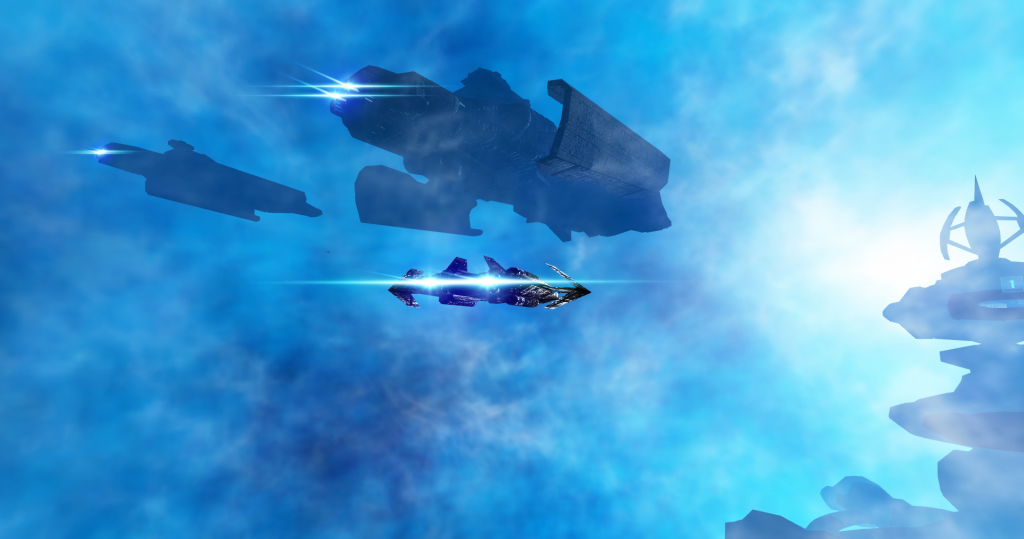


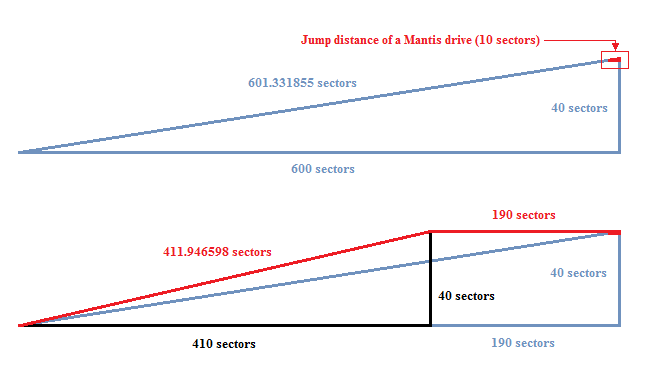






Unfortunately, he failed to specify which transporter. Worse, due to subspace radio static, only the following portions of the message were received:HC: We need to destroy the transporter. As soon as all civilian ships are safely away, those ships currently leading the invaders toward the black hole are to take a circuitous route back to the asteroid field. If possible, all but the trailing ship is to escape via the transporter. That last ship is then directed to destroy the transporter, denying access to the enemy. Good luck to us all ... and especially to the trailer.
Captain Corrigan, pilot of the last cruiser to depart the planet, heard the static-riddled radio call, assumed (erroneously) that the order was for him, locked on to the inbound transporter (the one needed for the return trip), fired a volley of missiles, and then continued on to the outbound transporter. One of Corrigan's missiles struck its target, knocking it out of orbit. The transporter, now totally inoperative, lazily drifted down to the planet (see entry on gravity) and settled upright in the dirt at the base of a small mountain.HC: We need to destroy the transporter. As soon as all civilian ships are safely away, those ships ... {static} ... If possible ... {static} ... That last ship is then directed to destroy the transporter ... {static} ....



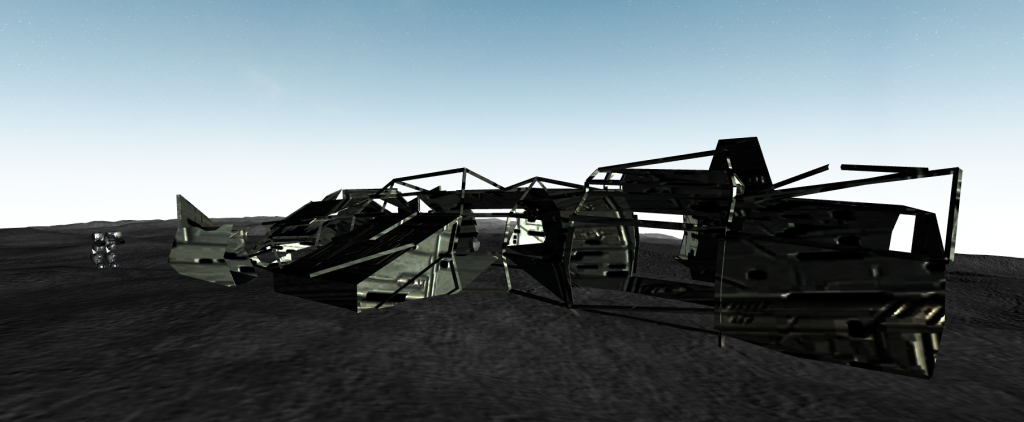




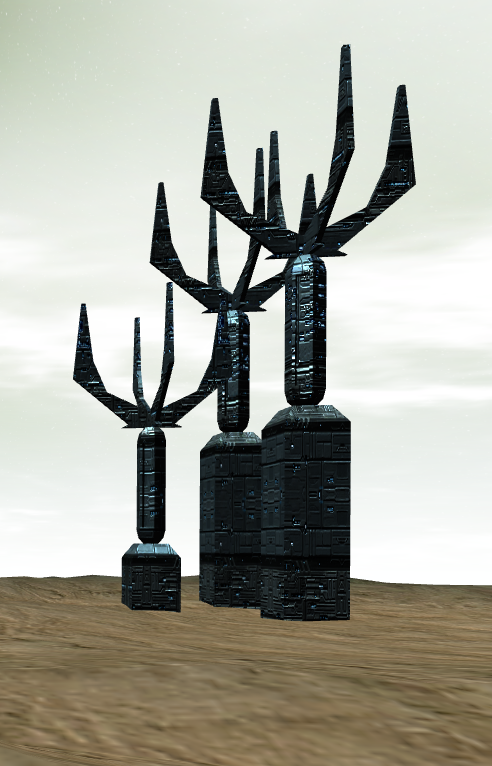



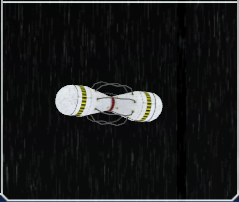
The Technical Guide also goes on to explain, in rather simplified terms, the politics behind distribution and sale of the SD.It targets the fabric of a constructed station as well as disrupting the structural integrity field. Rather than using explosive technology, the SD folds the fabric of space-time within the station, disrupting the structural integrity field, disassembling the matter and shifting it into the space through which a WH would normally thread. The result is that the station disappears (though there is some residual energy production visible as a flame ball).
In reality, the politics was far more convoluted.Station Detonators were originally created to prevent station overcrowding - allowing legal authorities to clear redundant stations quickly and cleanly. Unsurprisingly a black market developed as mercenary clans fought for possession of systems. Bowing to the inevitable, local authorities started to sell SD's on the open market, officially to be able to control their sale but also, as many suspect, because it is so profitable!
